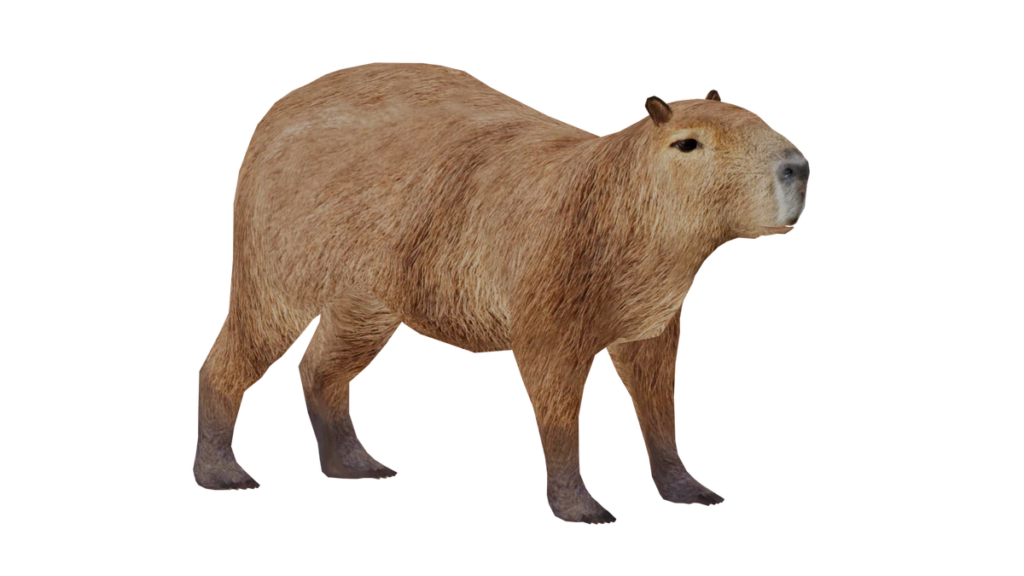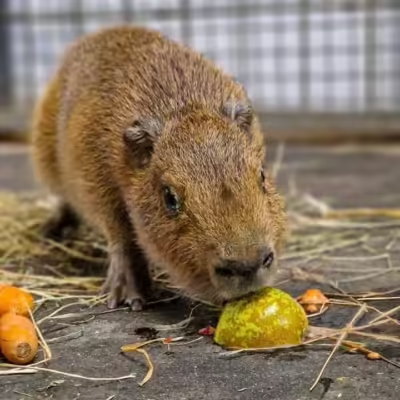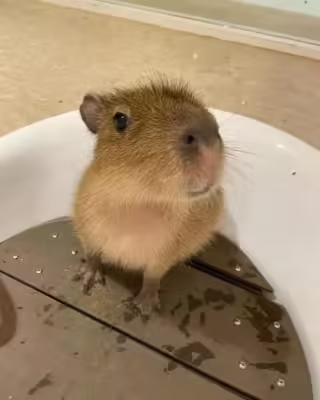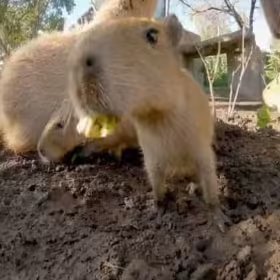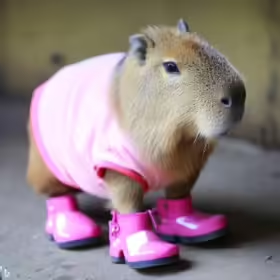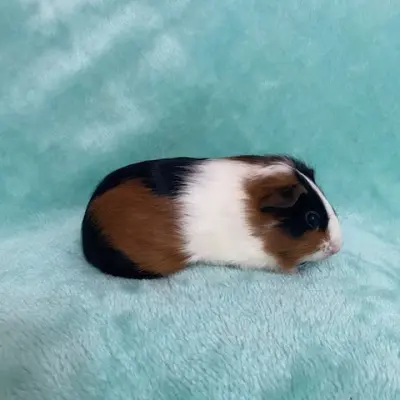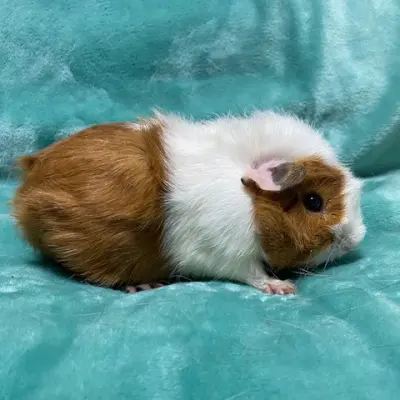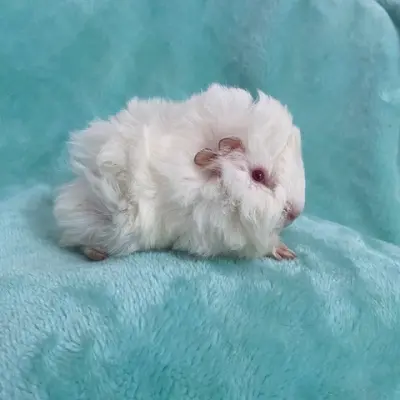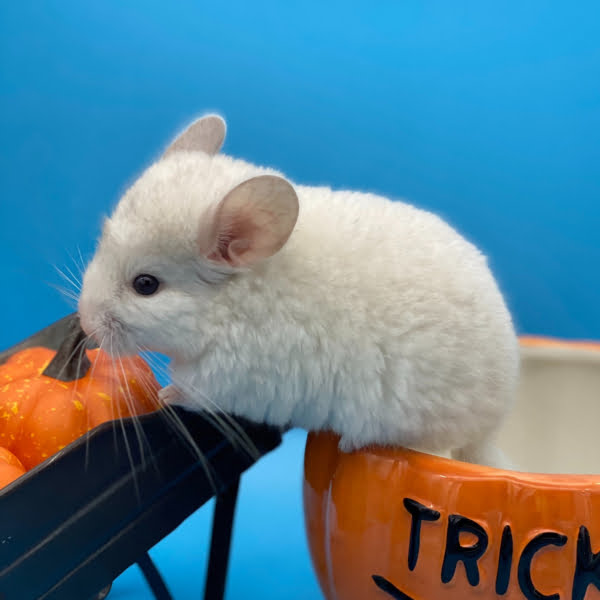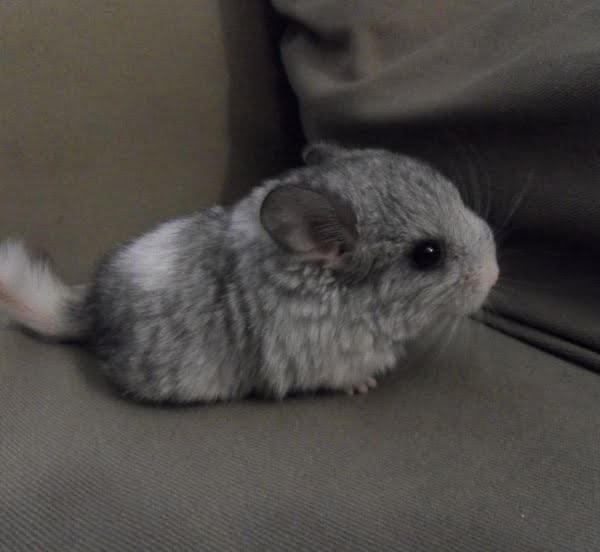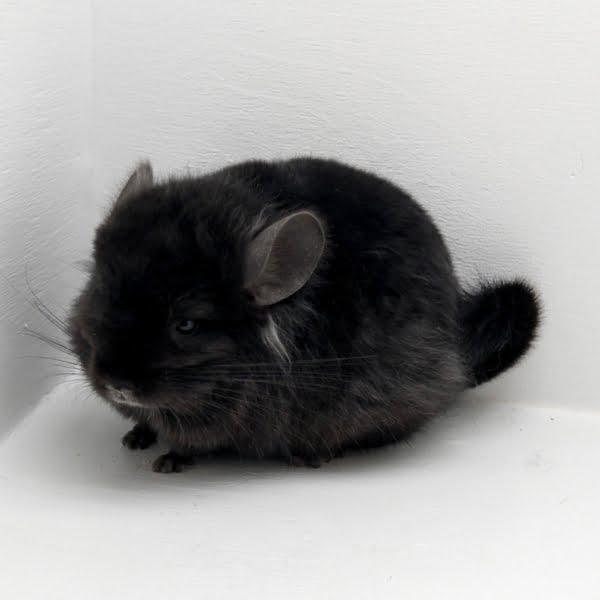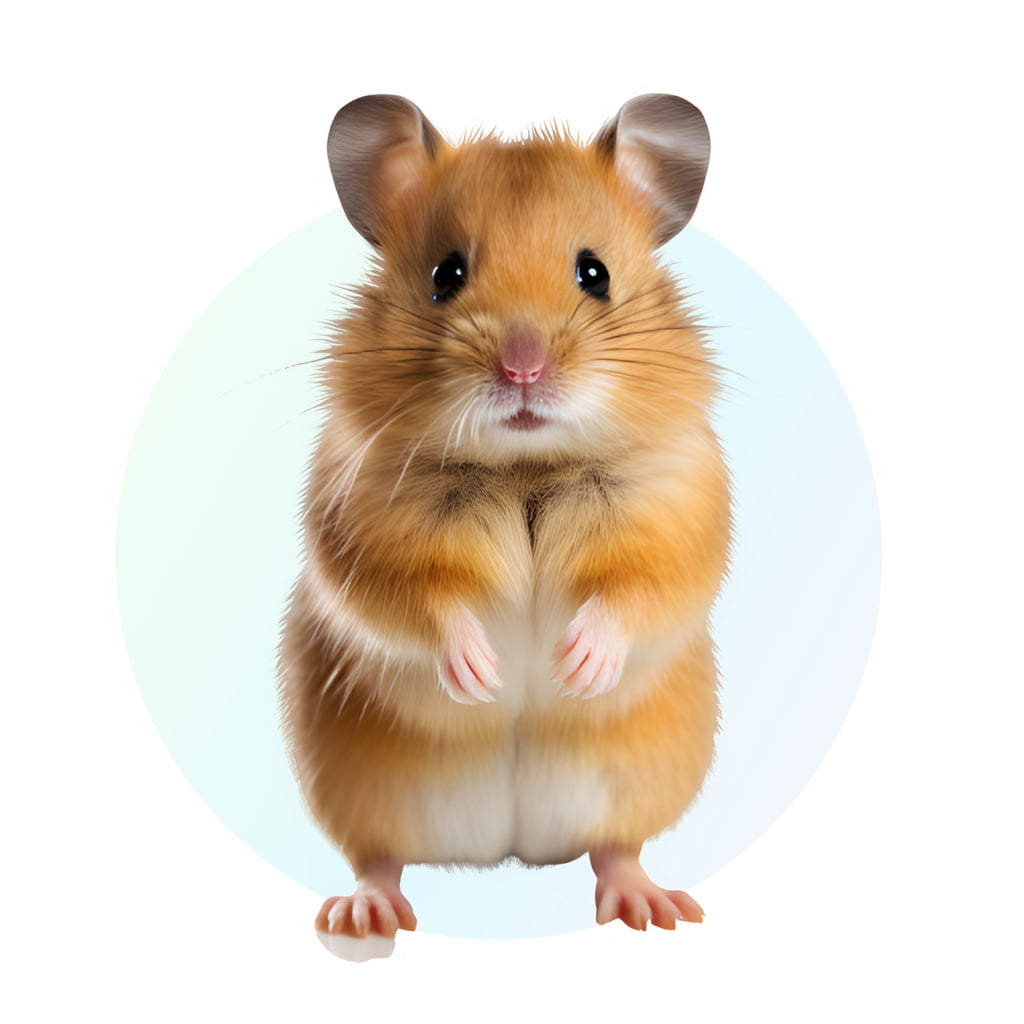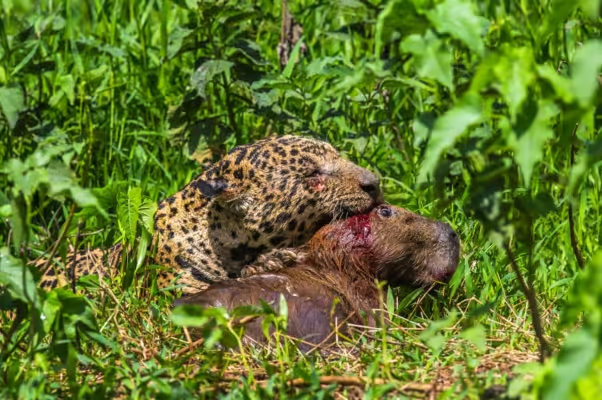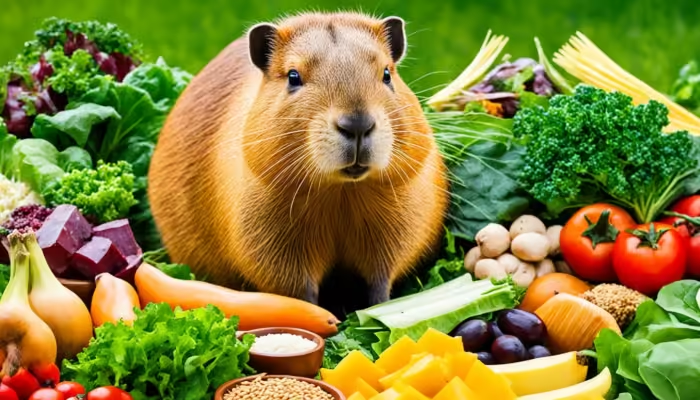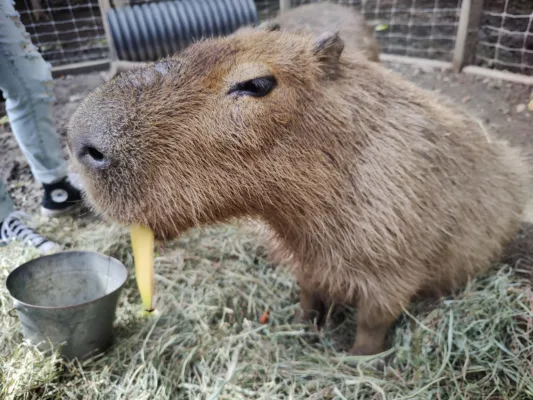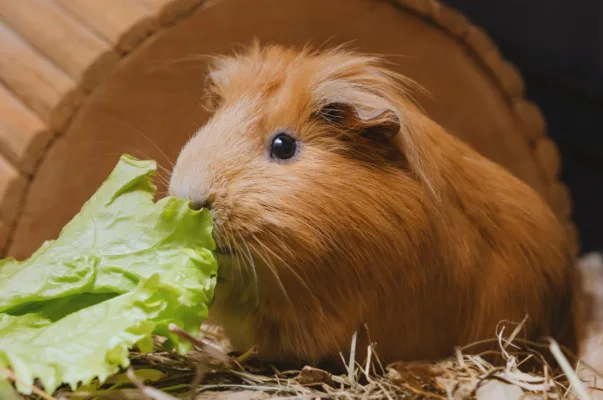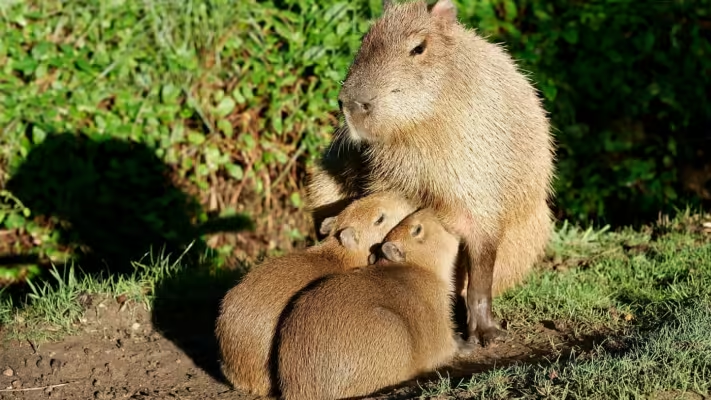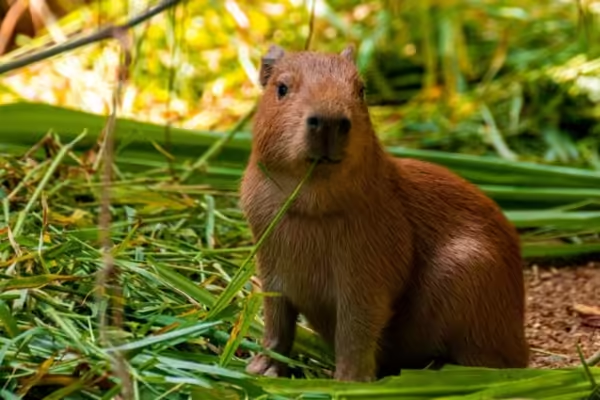Capybara, Guinea Pig, Hamster, Chinchilla, Mouse, Marmot
Housing Requirements
All these animals require appropriate housing tailored to their needs. Capybaras and marmots need large outdoor enclosures with access to grassy areas and burrowing spaces, while guinea pigs, hamsters, chinchillas, and mice need spacious cages with bedding for burrowing and nesting. The cages should be kept in quiet areas away from drafts and direct sunlight.
Diet
Each of these animals has specific dietary requirements. Capybaras, marmots, and guinea pigs are herbivores and require diets consisting mainly of grasses, hay, and fresh vegetables. Hamsters and mice are omnivores, needing a mix of high-quality pellets, supplemented with fresh fruits, vegetables, and occasional treats. Chinchillas also require a diet high in hay, supplemented with chinchilla pellets and fresh vegetables. It’s crucial to provide clean water at all times and avoid foods that are toxic or high in sugar.
Socialization
While capybaras, marmots, and guinea pigs are highly social animals and thrive in the company of their kind, hamsters, chinchillas, and mice can be housed alone or in same-sex pairs or groups. However, all benefit from regular interaction and handling from their owners to some degree.
Exercise and Enrichment
All these animals need mental and physical stimulation. Capybaras, marmots, and guinea pigs benefit from spacious enclosures with toys and activities that encourage natural behaviors like foraging and exploring. Hamsters, chinchillas, and mice enjoy toys, tunnels, and exercise wheels to keep them mentally and physically stimulated.
Care and Maintenance
Regular veterinary care is essential for all these animals to monitor their health and address any potential issues. They also require regular cleaning of their living areas to maintain hygiene. Additionally, some may need their teeth trimmed if they become overgrown, like guinea pigs and rabbits.

